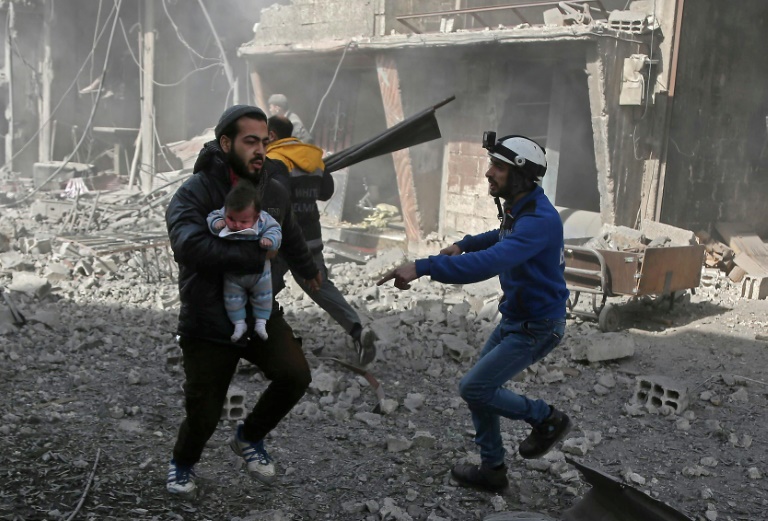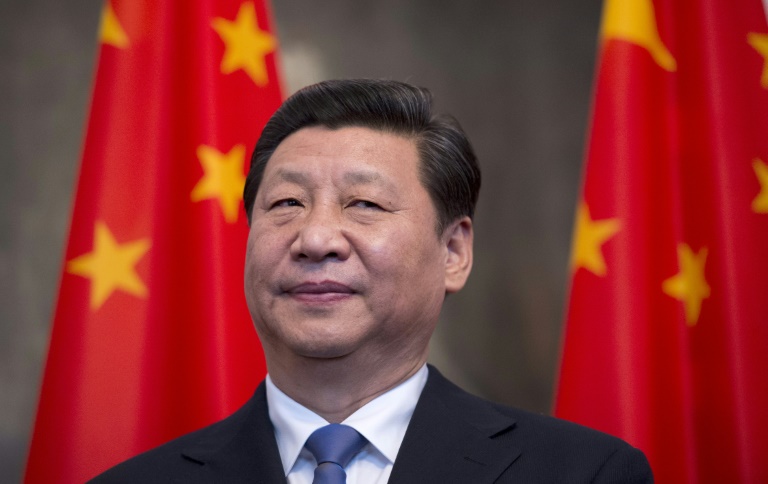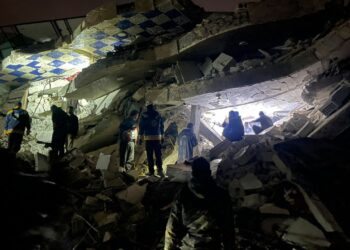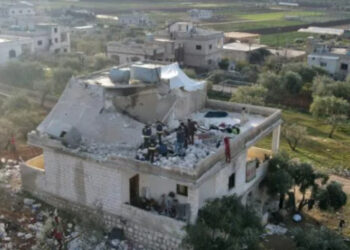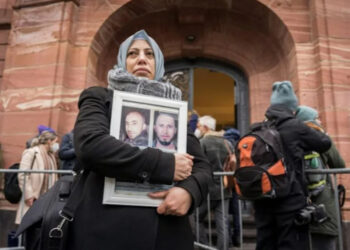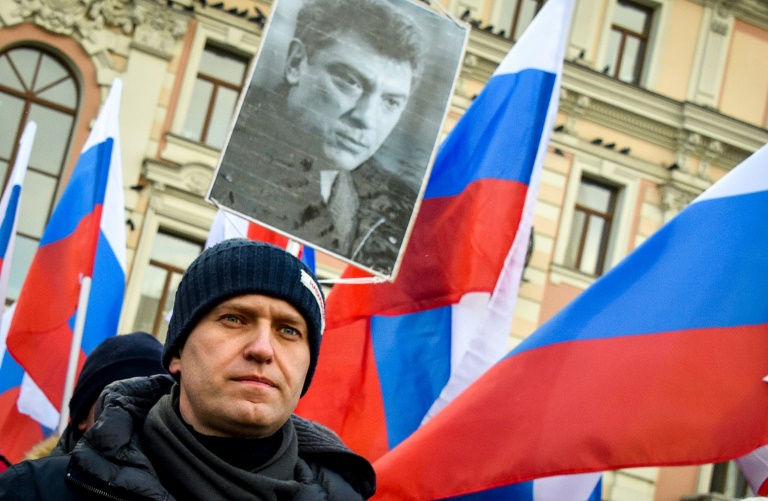Over the past two weeks, the Syrian regime with help from Russian warplanes has escalated its campaign in the Damascus suburbs, carrying out dozens of airstrikes and firing thousands of artillery rounds.
In one of the bloodiest episodes in the Syrian war, over 300 people were killed in the past few days as pro-government forces attacked Eastern Ghouta, a rebel-held enclave outside of Damascus.
Home to nearly 400,000 people, the area – a cluster of working-class neighborhoods and small suburban farms – has been under siege since April 2012. After the first humanitarian convoy in months was allowed to enter Eastern Ghouta, the United Nations described the situation as “far graver than imagined,” reporting a serious increase in cases of acute malnutrition, especially among children, as well as other major health concerns.
The Syrian government claims its targeting rebels that have been using artillery to hit nearby districts under President Bashar al-Assad’s control. But the high civilian death toll tells a different story. Civil defense workers known as the White Helmets and the few remaining medical staff say that government airstrikes and artillery repeatedly target civilian areas, including hospitals and schools.
Unfortunately, the plight of civilians in Eastern Ghouta reflects the reality of over 50 million people living in war-torn cities such as Raqqa, Aleppo, Mosul, Gaza, Donetsk, and Sana’a.
Not only a growing proportion of today’s most violent conflicts are being fought in cities, but an overwhelming percentage of people killed in urban warfare are civilians. A recent International Review of the Red Cross (ICRC) report on the ongoing wars in Syria, Yemen, and Iraq, for example, shows that five times more civilians die in urban military offensives than in other types of military action. Similarly, the London-based NGO, Action on Armed Violence, has found that between 2011 and 2015, nearly 92 percent of those killed or injured as a result of the use of explosive weapons in cities and towns were civilians.
In an era when armed conflicts are increasingly being fought in densely populated urban areas, what can be done to better protect civilians from harm?
Most basically, all parties to the conflict must abide by the laws of war which compel belligerents to distinguish between combatants and non-combatants and to take all feasible precautions to avoid and minimize loss of civilian life, injury, and damage to civilian objects.
The cynics among us are perhaps not surprised that autocratic governments such as those of Syria and Russia, or even the Saudi-led coalition in Yemen, use lethal force with little regard for the legal principles put in place to protect civilians in times of war. But even in conflicts that involve modern Western armies questions remain as to whether enough is being to minimize harm to the civilian populations trapped in urban warzones.
The U.S.-led coalition campaign against ISIS in Iraq and Syria, for instance, has been lauded as “one of the most precise air campaigns in military history,” and American and coalition officials are insisting that “extraordinary efforts” are taken to protect civilians. But as Iraqi ground troops advanced into the densely populated cities of Mosul and Raqqa in 2017, human rights agencies reported a serious increase in civilian deaths from U.S.-led coalition airstrikes. A recent Associated Press report has found that between 9,000 and 11,000 civilians were killed in the Battle for Mosul alone, nearly ten times higher than previously estimated.
From Stalingrad to Grozny to Aleppo, the history of war in cities is fraught with massive civilian and military casualties, broken and exhausted state armies, and wholesale destruction of cities.
But with a requisite political will, it is possible to protect civilians and limit collateral destruction.
Starting in 2007, NATO’s International Security Assistance Force (ISAF) in Afghanistan, for example, adopted policies that restricted the use of certain air-delivered weapons, refined its collateral damage estimation methodology, and emphasized training to reduce civilian casualties. By the end of its mission in 2014, the number of civilian casualties attributed to ISAF operations decreased by almost 75 percent. The African Union Mission in Somalia was also able to reduce the impact of the conflict on civilians by limiting the use of artillery and other indirect fire munitions in populated areas, especially in Mogadishu.
If the pro-government forces proceed with a ground assault into Eastern Ghouta, the human toll could be staggering. Protecting civilians from harm must be a priority. It is both a legal and a moral imperative.


